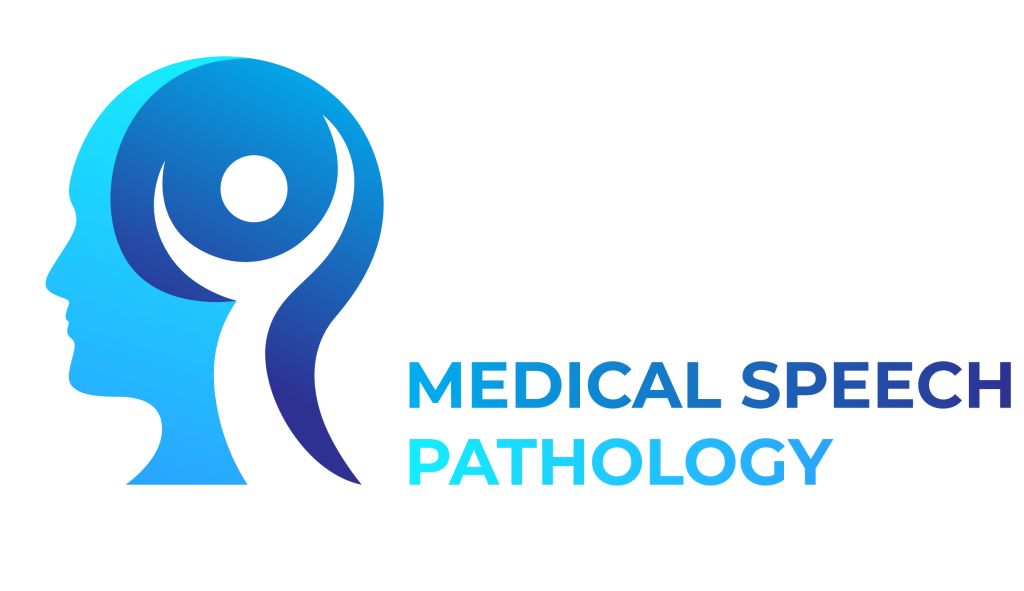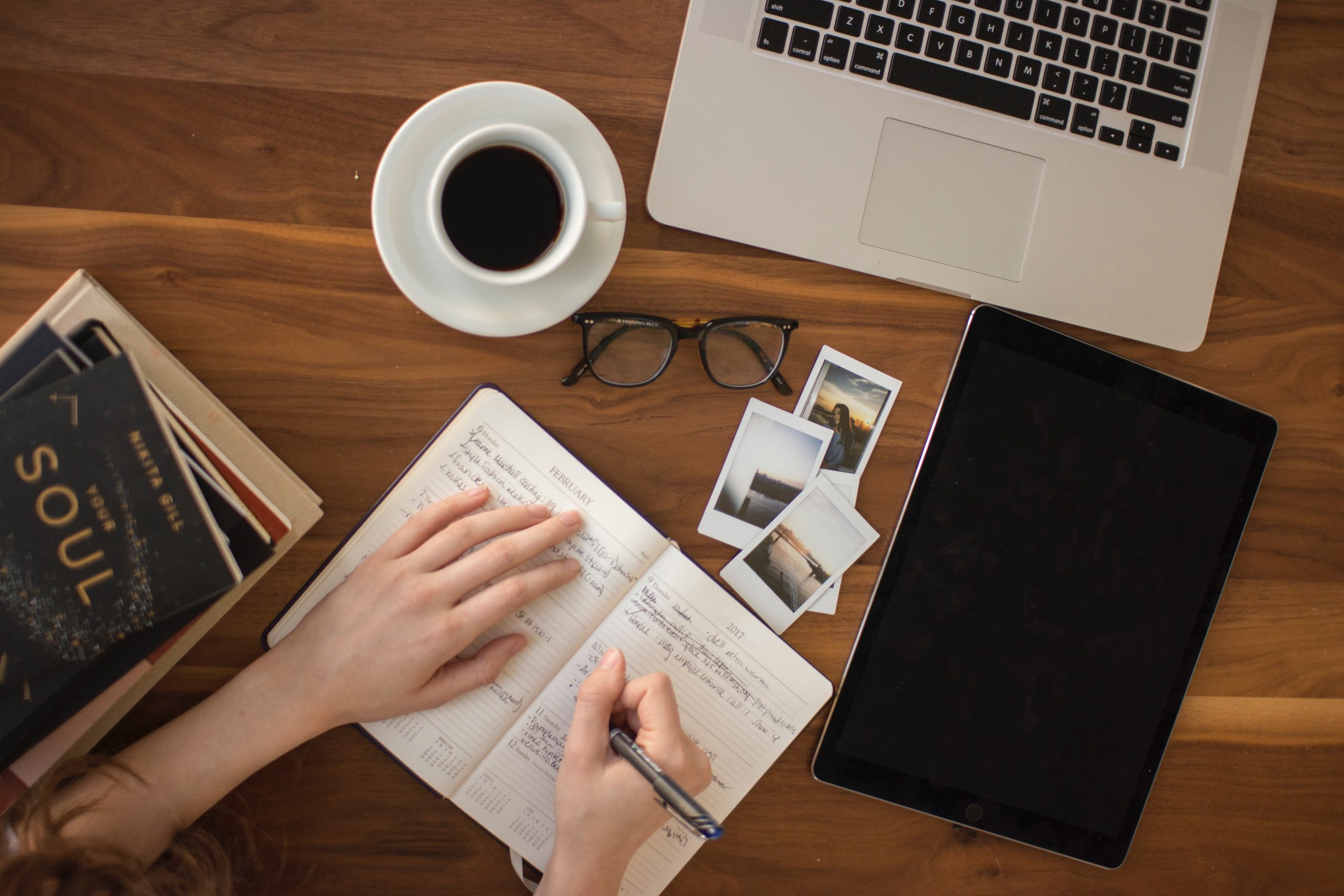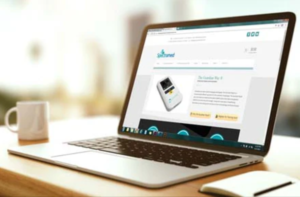It’s common for individuals with neurodegenerative conditions (such as Motor Neuron Disease or Mutiple System Atrophy) to experience a gradual decline or even complete loss of speech with the progression of the disease. However, there are proactive steps that people can take to maintain their unique voice identity, enabling them to communicate effectively throughout the course of the disease. If the ability to communicate using speech becomes compromised, they can continue to communicate using a personalised synthetic voice on a communication device such as an iPad/tablet, phone, or other dedicated device.
Voice banking and message banking offer ways for people to preserve and maintain their voices and communication styles as their condition progresses. This post will delve into different tools available and discuss how and where to access them in Australia.
What is the difference?
Voice banking and message banking are similar, but different in the technology used to record them. Message banking involves physically recording specific personal words, phrases, and sentences using portable recording devices. This approach preserves a person’s natural intonation and expression, providing a bank of personalized messages in their own voice.
On the other hand, voice banking involves capturing and synthesizing a person’s natural voice for future use. This creates a digital “blueprint” of the voice, which can then be used for electronic speech output. Although the synthesized speech retains some robotic qualities, it mirrors the individual’s voice, accent, and vocal nuances as closely as possible. This can be crucial for maintaining a sense of identity and familiarity in communication, and potentially allows for a wider expression of novel messages.
Message banking services
Message banking is readily accessible and can be initiated independently. You can use portable microphones with onboard storage and USB connectivity to easily record personal messages. A high-quality microphone ensures quality recordings and seamless integration with computer systems.
It is helpful to record messages that you think of yourself as they come up. If you keep a recorder with you, you can record yourself whenever you say something you might want to keep. This can also help capture the emotion of the moment. You can always re-record these messages in a quiet setting at a later date if necessary.
Both TobiiDynavox.com and myMessageBanking.com are fantastic resources to guide you through the message banking process, help organize the messages, store them until they are needed, and provide ways to download the messages for use on any system that can play them back.
Zytec also offers useful support and resources to support message banking.
Voice banking services
For those considering voice banking in Australia, the following are good options to consider:
ModelTalker
- Website: https://www.modeltalker.org/
- Cost: There is no up-front charge for registration or recording, but there is a $100 USD (AUD ~$153) fee, payable when your final voice is accepted
- Time required: 1-2 hours
- Equipment required: laptop computer, head-mounted USB microphone for recording (essential)
- Evaluates speech recordings to ensure compatibility before initiating the voice-building process to determine eligibility and avoid potential disappointment
- Optimized for an American dialect of English (can run into difficulties with Australian accent)
- Model Talker have flowchart which outlines the process (available at their website)
Acapela Group’s ‘My-Own-Voice’
- Website: https://mov.acapela-group.com/
- Cost: Free account creation and 3-month trial for voice evaluation, then 99 Euro/USD (~AUD $150) per year or one-off subscription fee of 999 Euro or USD (~AUD$1,500)
- Time required: Around 30 minutes
- Equipment required: A computer, headset microphone and an internet connection
- Australian English accent is supported
The Voice Keeper
- Website: https://www.thevoicekeeper.com/adults
- Cost: Free account creation, USD $299 (~AUD $450) to purchase and download voice.
- Time required: Around 5 minutes for an initial version of your voice based on 30 sentences, but around 300 sentences are recommended to develop a more accurate version of your voice.
- Equipment required: iPhone or Android (can use built-in microphone that comes with these phones), or laptop with USB microphone.
- If the sentences are too long, there is an option to read shorter/simpler sentences.
- Allows you to create your own personal voice not only from recordings made via the app (voice banking), but also from previously recorded messages (message banking). A voice can even be created from mixing both old and new recordings – you can choose which version you like best.
SpeakUnique
- Website: https://www.speakunique.co.uk/
- Cost: Free account creation, voice build $315, Voice repair $450, Voice design $540 (prices in AUD).
- Time required: The minimum number of sentences required is 150. If your speech is unaffected, you may be able to complete this within 45 minutes.
- Equipment required: A laptop or computer (recording is not currently supported on iPads and tablets), an external headset microphone that connects to your computer via the USB port or headphone socket.
- ‘Voice Build’ can be used for speakers who do not yet have changes to their voice; ‘Voice repair’ can be used by those who have already noticed changes to their speech/voice, and ‘Voice Design’ can build a voice based on old recordings.
- There is an option to message bank your important phrases in the app as well.
General tips for Voice and Message Banking:
- Make sure the voice/message banking service you use is compatible with the
- communication device you are going to use it with. For example, currently only SpeakUnique is compatible with Grid for iPad (but other systems are compatible with Grid 3).
- It is helpful to start as early as possible, even before you have any speech changes, so the voice you record will sound the most like your own, original voice.
- Remember that the better the recording quality – the better the quality of the computer voice will be. Using a dedicated microphone will give you a better sound.
- A professional studio is ideal for recording, but a quiet room at home can be almost at good.




